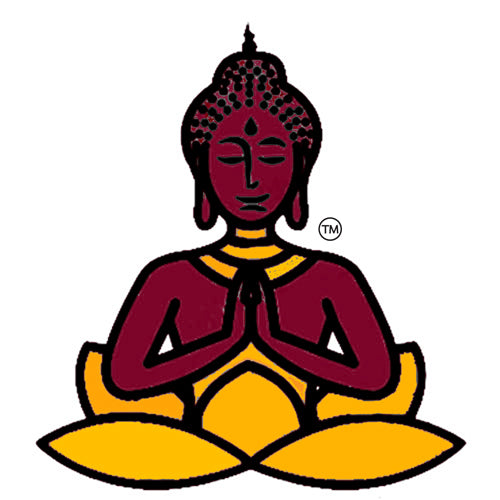Tibetan Buddhist monk Bags
Teilen
Buddhist Tibetan monk bags, often referred to as "gompa bags" or "monk shoulder bags", are traditional cloth bags used by Tibetan monks and practitioners of Tibetan Buddhism. These bags are not just practical but also symbolic, carrying both utilitarian and spiritual significance.

Key Features of Tibetan Monk Bags:
Design and Material:
Fabric: These bags are typically made from sturdy, natural fabrics like cotton or wool, often handwoven. The use of bright colors and intricate patterns, especially geometric or symbolic designs, is common.
Size: They are usually medium-sized, making them ideal for carrying personal items like prayer books, ritual objects (like malas or prayer beads), and other daily essentials.
Shoulder Strap: The bags come with a long strap, allowing monks to carry them easily over the shoulder while walking or traveling.
Symbolism and Colors:
Patterns and Motifs: Many monk bags feature traditional Tibetan symbols, such as the eight auspicious symbols (Ashtamangala) or Buddhist deities. These designs are often woven or embroidered onto the fabric.
Colors: Red, yellow, and maroon are common colors, reflecting the typical attire of Tibetan monks. However, other bright colors may also be present, symbolizing joy, harmony, and spiritual growth.
Usage:
Practical Use: Monks use these bags to carry their daily essentials, which might include scripture texts, prayer beads, and other ritual objects. The size and durability of the bag make it ideal for this purpose.
Symbolic Use: In some cases, the bags can represent humility and a simple life, as monks in the Tibetan Buddhist tradition take vows of renunciation and non-attachment to material possessions.
Cultural and Regional Variations:
While common in Tibet and Himalayan regions (like Nepal, Bhutan, and Ladakh), similar bags are used by Buddhist monks in other regions with slight variations in style and design.
These bags are now sometimes seen outside of the monastic context, as travelers, spiritual seekers, and even fashion-conscious individuals are drawn to their unique aesthetic and cultural significance.
